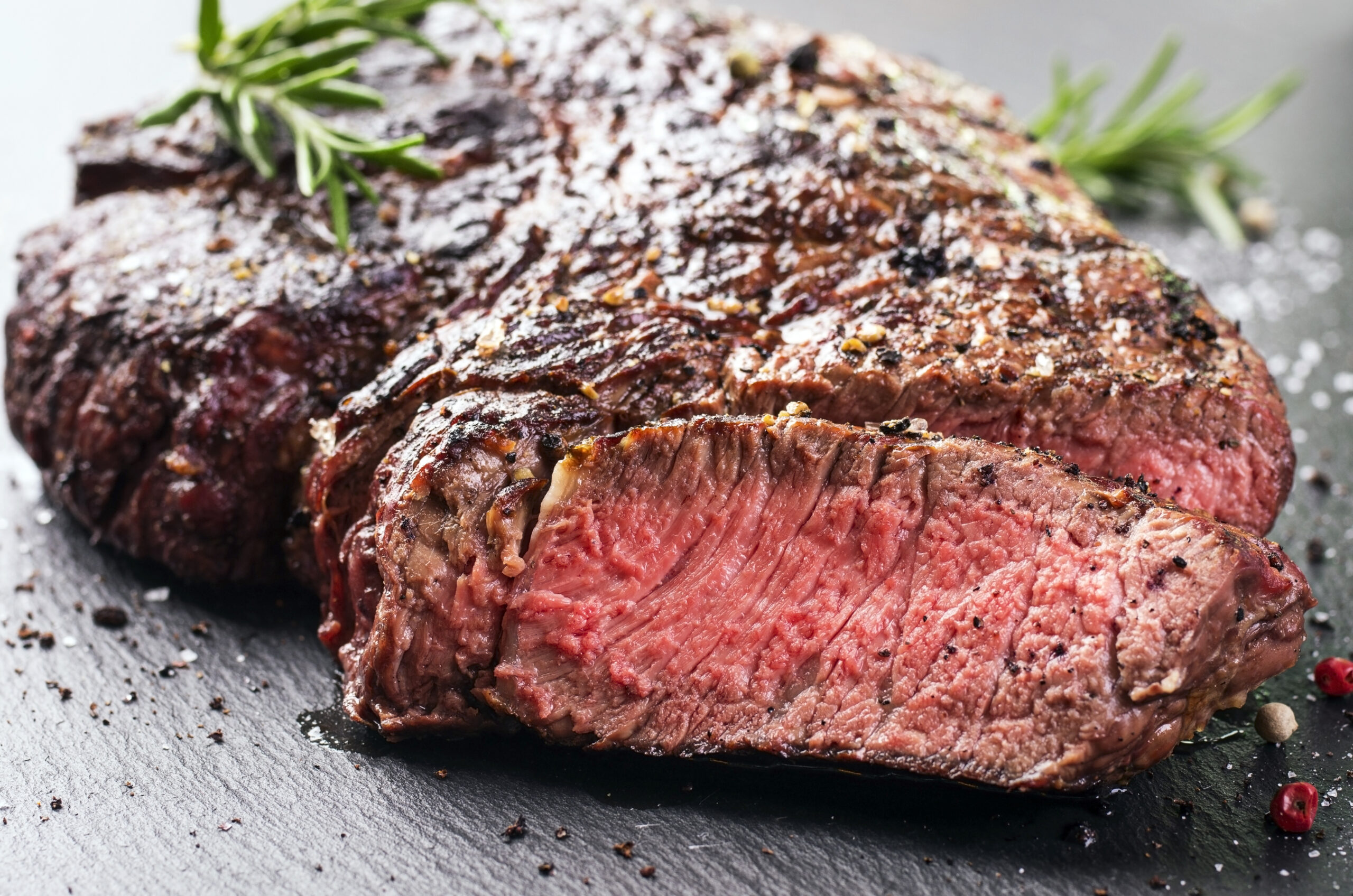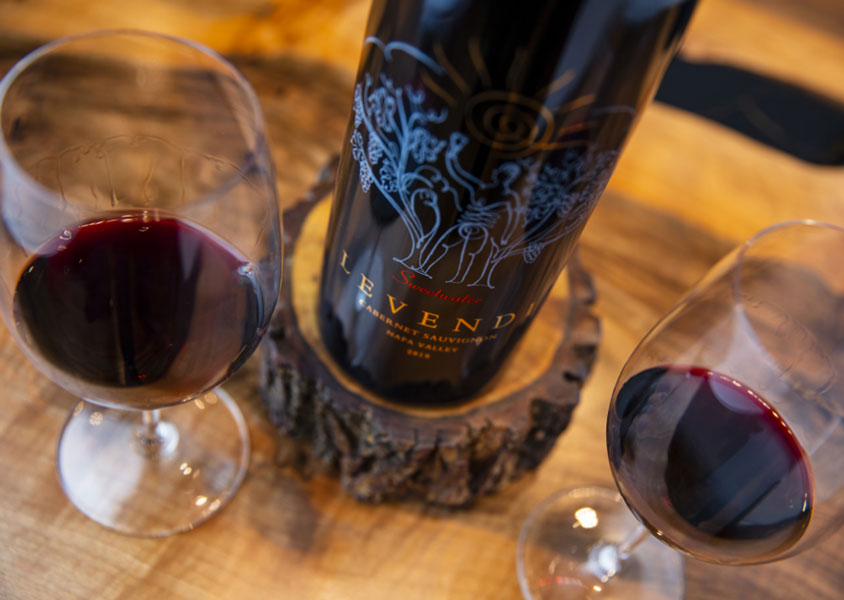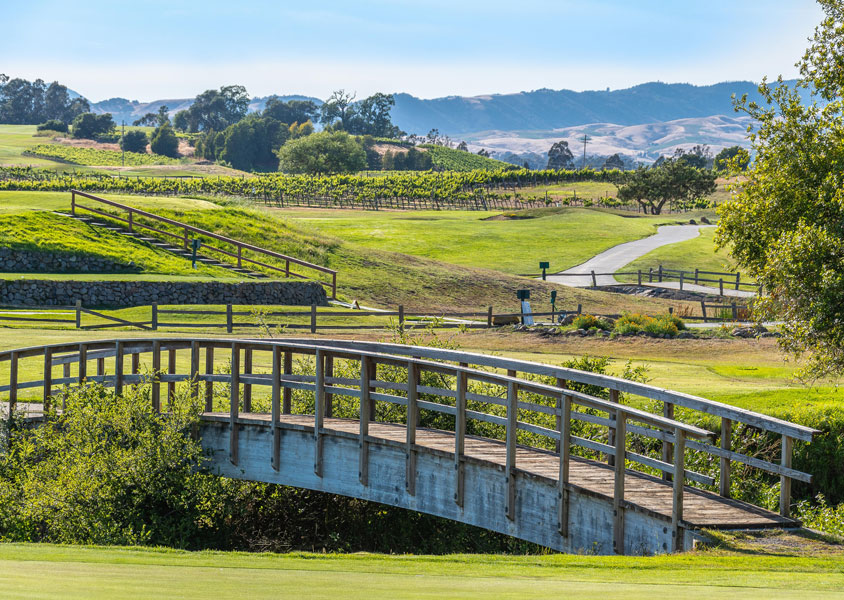Veraison: Metamorphosis in the Vineyards
We’re halfway through August, and the past month has seen a visible change come over the vineyards in Napa Valley. Veraison (pronounced “ver-RAY-zohn”) is the onset of ripening, where the small, hard, highly-acidic green grapes begin transforming into large purple—or yellow, for white grapes—bombs of sweetness. It is a process that may take a long time, anywhere from 30 to 70 days, and it requires vignerons to change their technique of how to care for the vines. Nevertheless, it is an exciting reminder of the harvest to come.
So what actually occurs when the grapes take this critical step in their development? This distinct change in color can be attributed to the generation of anthocyanin: a pigment that takes the grapes from chlorophyll-green to a deep blue or purple. Anthocyanin is also found in other fruits such as plums and cherries, as well as flowers such as hibiscus and orchids. This along with polyphenols—antioxidant plant compounds—serve to protect the grapes from the sun, wind, and other environmental stressors.
The appearance of anthocyanin also marks a fundamental change in the grapevine itself. Photosynthesis, the plant’s primary process of turning sunlight into energy, changes its focus. The energy moves from building its canopy of leaves to ripening the fruit and hardening the canes. The green chlorophyll present in the acidic natal grapes is replaced by anthocyanin (or carotenoids for white grapes), the fruits swell to twice their original size, and the glucose and fructose levels rise until a perfect balance of sweetness and acidity is achieved. The grapes also begin developing aroma compounds, which are essential to the diversity and variance of wines.
Though the exact time of transformation varies depending on climate, it’s a universal signal for vintners to change the way they care for their vines. The Napa Valley has a notorious plethora of microclimates, which contribute to its identity as a premier winemaking region. With temperature swings of 30-40 degrees Fahrenheit, the daytime heat promotes ripeness and sugar accumulation while the fog-laden nights encourage acidity and moisture retention. As a result, tenacious observation and meticulous techniques are necessary to ensure fantastic grapes. Growers in a hotter region might choose to prune leaves to prevent premature ripening, while vines in cooler climates may require a bunch or two trimmed away to divert nutrients and sugars to the remaining bunches.
Veraison is about three weeks later this year: a surplus of winter rain has kept the soil cool and delayed budbreak and bloom. While the highly-anticipated harvest time is still a few months away, it is a sure sign of progress, and a promise of sweet things to come.






